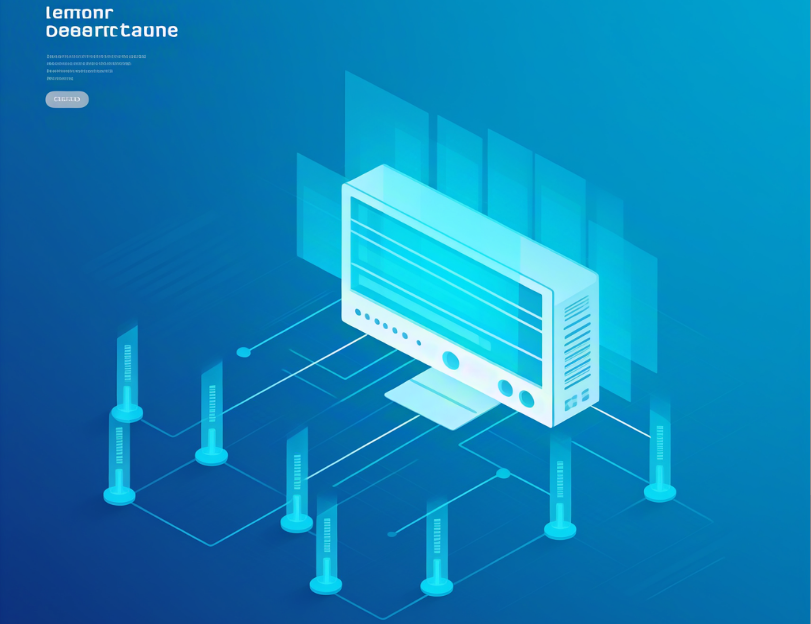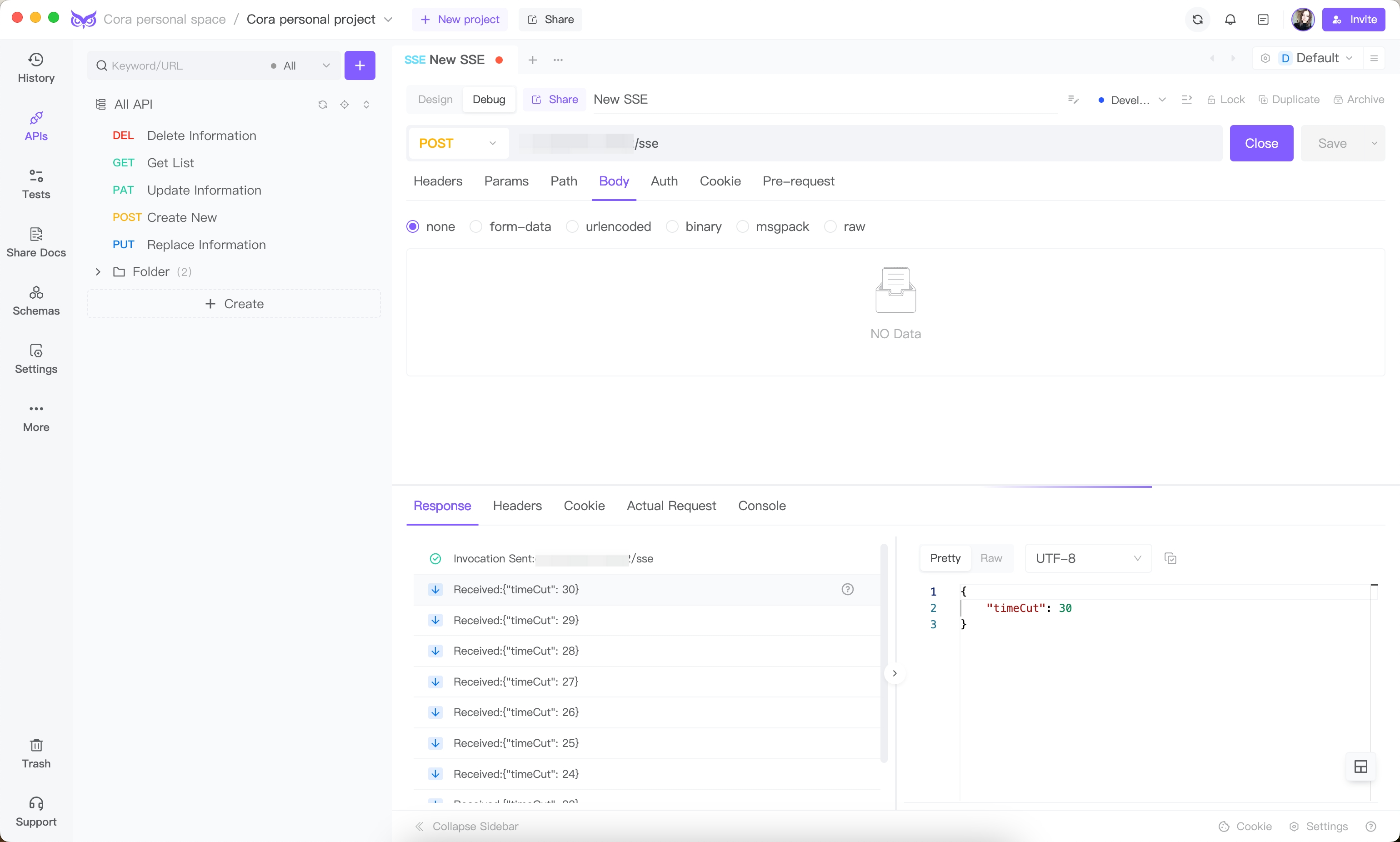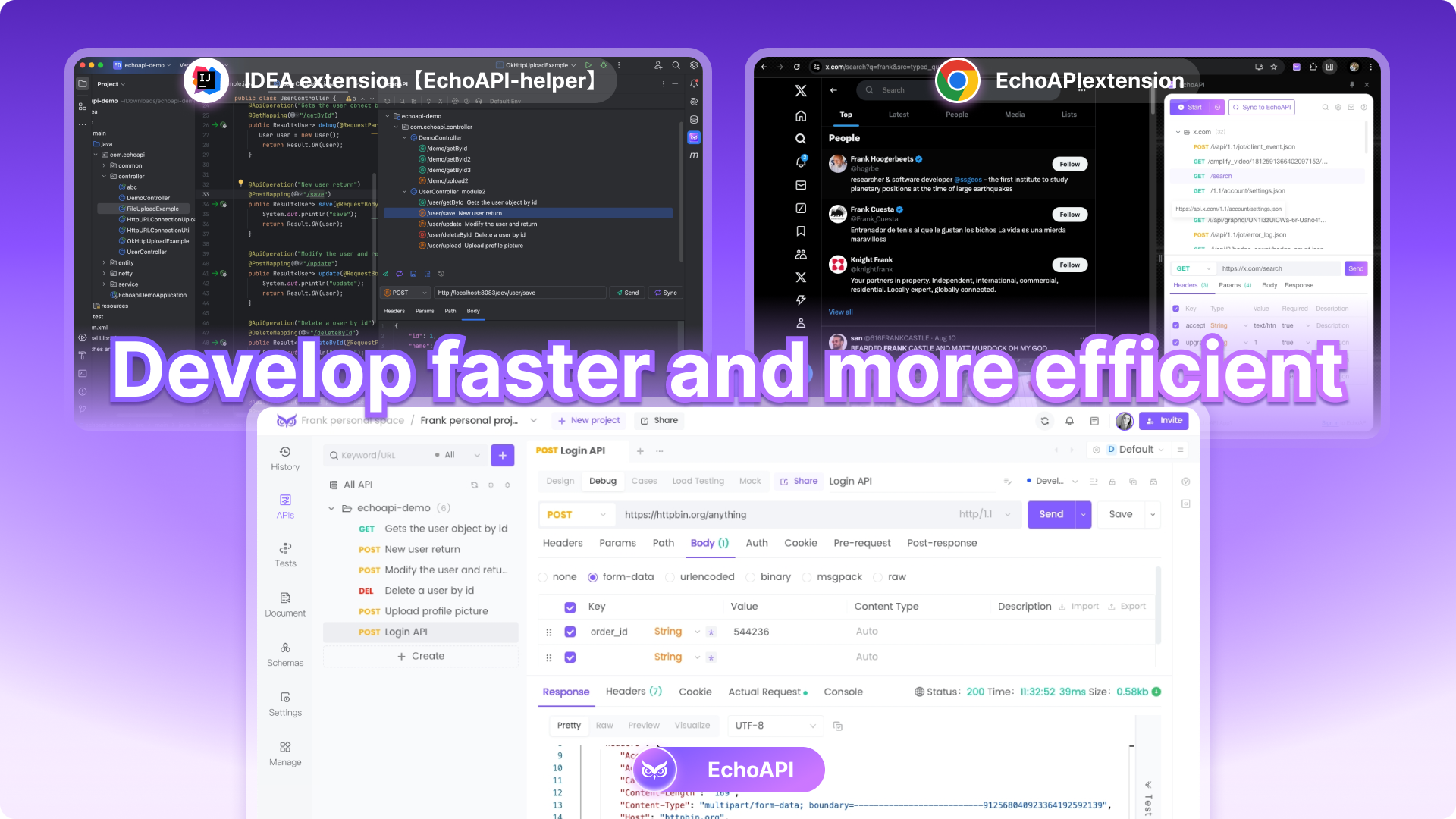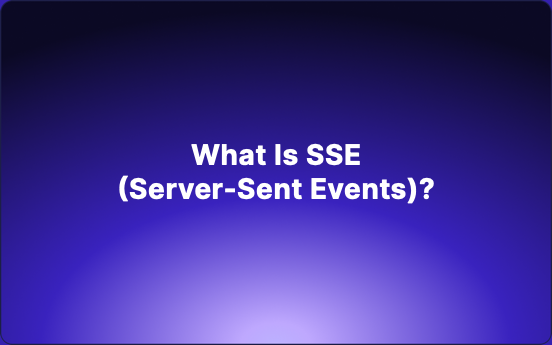What Is SSE (Server-Sent Events) ?
The Importance of Server-Sent Events: A Comprehensive Overview
Server-Sent Events (SSE) represent a significant advancement in web technology, allowing servers to send real-time updates to clients effortlessly. This article aims to explore the critical role of SSE in modern web development and highlight its importance in facilitating seamless communication between servers and clients.

Understanding Server-Sent Events
SSE, integrated into the HTML5 specification, serves as a reliable channel for servers to establish a continuous, one-way communication stream with clients. This innovative approach eliminates the need for repeated requests and enables servers to push updates to connected clients in real-time through a persistent HTTP connection.
Key Benefits and Applications of SSE
- Real-Time Communication: SSE enables instant and continuous updates to be delivered from servers to clients, making it an ideal solution for applications requiring live data streams, such as social media feeds and real-time monitoring systems.
- Efficiency and Simplicity: By maintaining a persistent connection, SSE simplifies the data transmission process, offering a streamlined and efficient method compared to traditional polling mechanisms or WebSockets in specific scenarios.
- Broad Browser Support: With compatibility across approximately 97% of browsers, SSE provides developers with a versatile and cross-compatible tool for implementing real-time communication features without compatibility concerns.
- Scalability and Performance: The lightweight nature of SSE and its optimized data transfer mechanism make it a scalable solution for applications demanding frequent updates, enhancing overall performance and user engagement.
Practical Use Cases of SSE
- Live Feeds and Notifications: SSE is well-suited for applications requiring real-time updates, such as live feeds, notifications, and dynamic content delivery where immediate information dissemination is crucial.
- Monitoring and Reporting: In monitoring systems and interactive dashboards, SSE can deliver real-time data updates, allowing users to monitor changes and events as they occur in a dynamic environment.
- Collaborative Workspaces: Collaborative tools benefit from SSE by facilitating synchronized updates across multiple users, ensuring seamless communication and real-time collaboration.
Enhancing SSE Protocol Debugging with EchoAPI
Introducing EchoAPI, a powerful tool designed for debugging interfaces that utilize the SSE protocol. With EchoAPI, users can efficiently troubleshoot SSE protocol interfaces, ensuring smooth and seamless communication within their systems. By integrating EchoAPI into your toolkit, you can enhance the robustness of your SSE implementations and streamline the development and testing processes for your applications.

EchoAPI isn't just limited to SSE protocol debugging—it also offers robust support for HTTP and TCP protocol debugging. Moreover, it simplifies collaboration between frontend and backend teams by enabling one-click generation of interface documentation. This feature streamlines the workflow and enhances communication efficiency between different development units.
In addition, EchoAPI extends its capabilities to include automated testing and performance testing, making it a versatile tool for various business needs. If your projects demand these functionalities, EchoAPI comes highly recommended as a solution to streamline your development process and ensure optimal performance and reliability.

Conclusion
Server-Sent Events play a vital role in modern web development, offering a reliable and efficient method for real-time communication between servers and clients. Understanding the significance of SSE and its diverse applications empowers developers to leverage this technology effectively, enhancing user experiences and improving the functionality of web applications in today's fast-paced digital landscape.




 EchoAPI for VS Code
EchoAPI for VS Code

 EchoAPI for IntelliJ IDEA
EchoAPI for IntelliJ IDEA

 EchoAPl-Interceptor
EchoAPl-Interceptor

 EchoAPl CLI
EchoAPl CLI
 EchoAPI Client
EchoAPI Client API Design
API Design
 API Debug
API Debug
 API Documentation
API Documentation
 Mock Server
Mock Server








